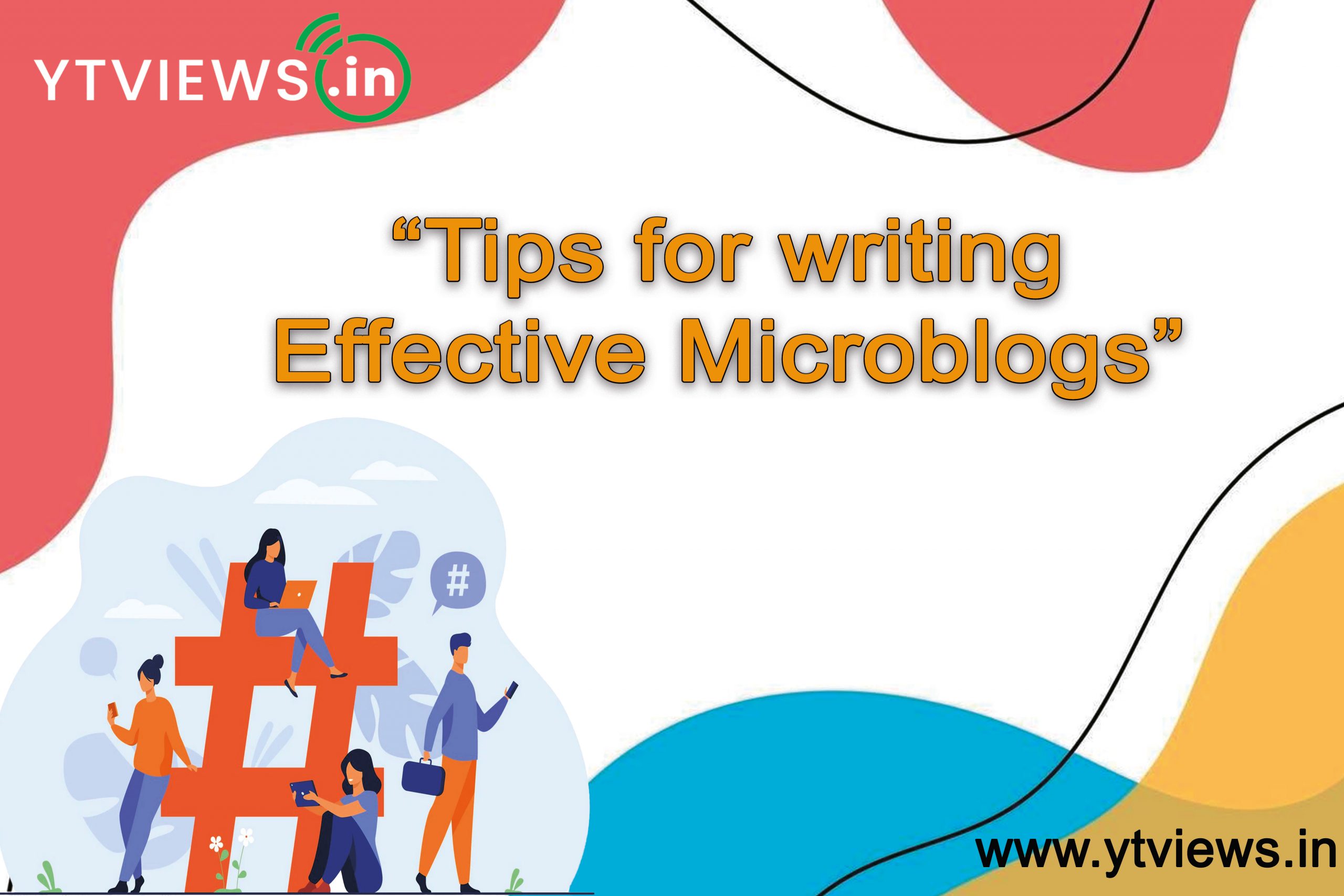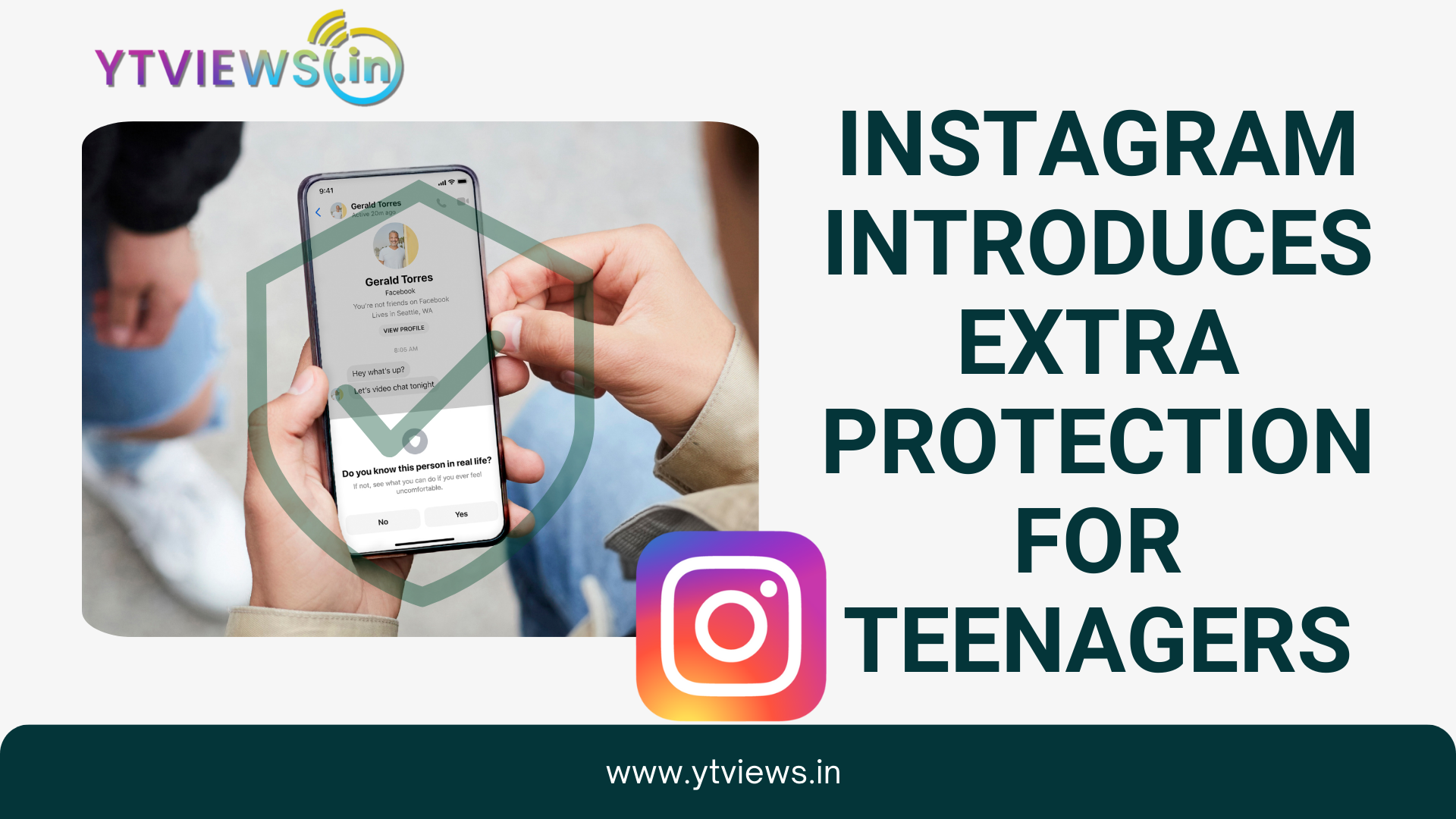Tips for Writing Effective Microblogs
 The first step to creating an effective microblog is choosing the platform on which to publish it. The platform chosen must correspond to the type of content to be published.
The first step to creating an effective microblog is choosing the platform on which to publish it. The platform chosen must correspond to the type of content to be published.
For example, if an image is the central part of the microblog, the post will work best on Twitter or Instagram, although a microblogging site like Facebook would also work. Likewise, short videos work best on TikTok or as a reel on Instagram. Text posts perform well on platforms such as Facebook or Twitter, and purely business posts – usually business-to-business – perform better on LinkedIn.
Each platform can host a variety of content types.
However, some of the content typically found on each includes the following:
~ Instagram is generally good for visual and short video content.
~ Facebook typically combines text, visual, and related content.
~ Twitter generally corresponds to textual, visual and linked content.
~ LinkedIn usually contains text and related content.
~ TikTok is usually associated with short video content.
~ Pinterest generally corresponds to visual content.
Each platform’s target demographic can help determine which platform is best to post on.

For example, according to SproutSocial:
~ Facebook has 2.91 billion monthly active users; the majority (5%) are between 25 and 34 years old.
~ Instagram has 2 billion monthly active users; the majority (31.2%) are between 25 and 34 years old and 31% are between 18 and 24 years old.
~ TikTok has 1 billion monthly active users; the majority (25%) are between 10 and 19 years old.
~ Twitter has 211 million daily active users; the majority (42%) are between 18 and 29 years old.
~ LinkedIn has 810 million monthly active users; the majority (58.4%) are between 25 and 34 years old.
~ Pinterest has 431 million monthly active users; the majority (38%) are between 50 and 64 years old.
~ Demographics and statistics can also be broken down by gender and time spent on the platform.
Microblogs can feature any type of content, but companies that create microblogs need to ensure that they post relevant content that informs their followers but stays within their brand image. Microblogs can include content such as status updates, links to longer content, videos, infographics, memes, and quotes.
Here are some Additional Tips for Creating an Effective Microblog:
~ Make content easy to digest.
~ Use humour.
~ Share personal stories and experiences.
~ This can help make posts more understandable and entertaining.
Using an automation tool like SproutSocial helps organizations schedule posts or create the same post for multiple sites at once.
Related Posts

Instagram Implements Advanced Protections for Teen Users.

5 Skills to Become a Successful Social Media Marketer

Instagram introduces extra protection for teenagers

LinkedIn Adds AI Training Opt-out Option

What Video Editing Software Do Youtubers Use in 2024?






































